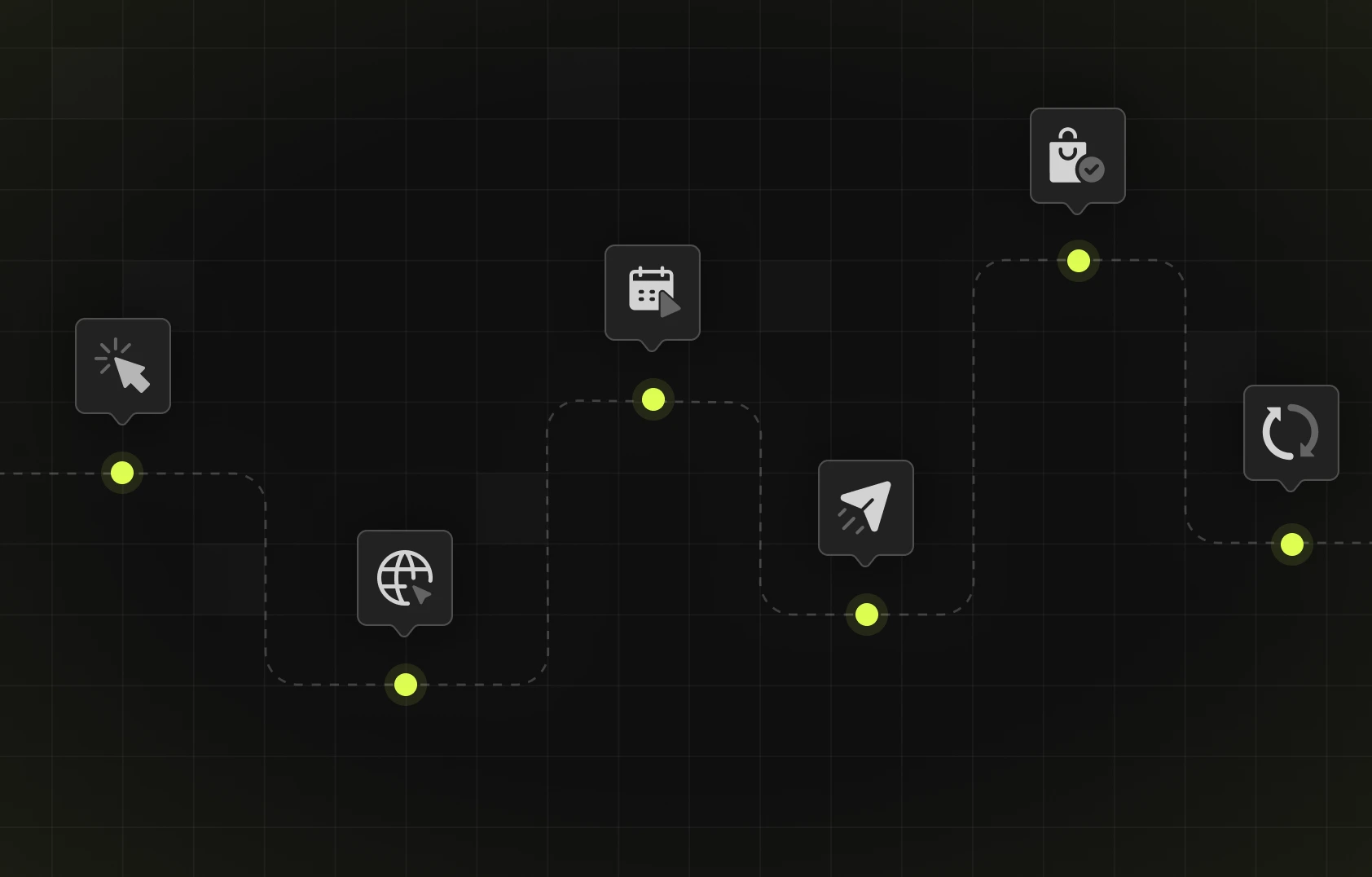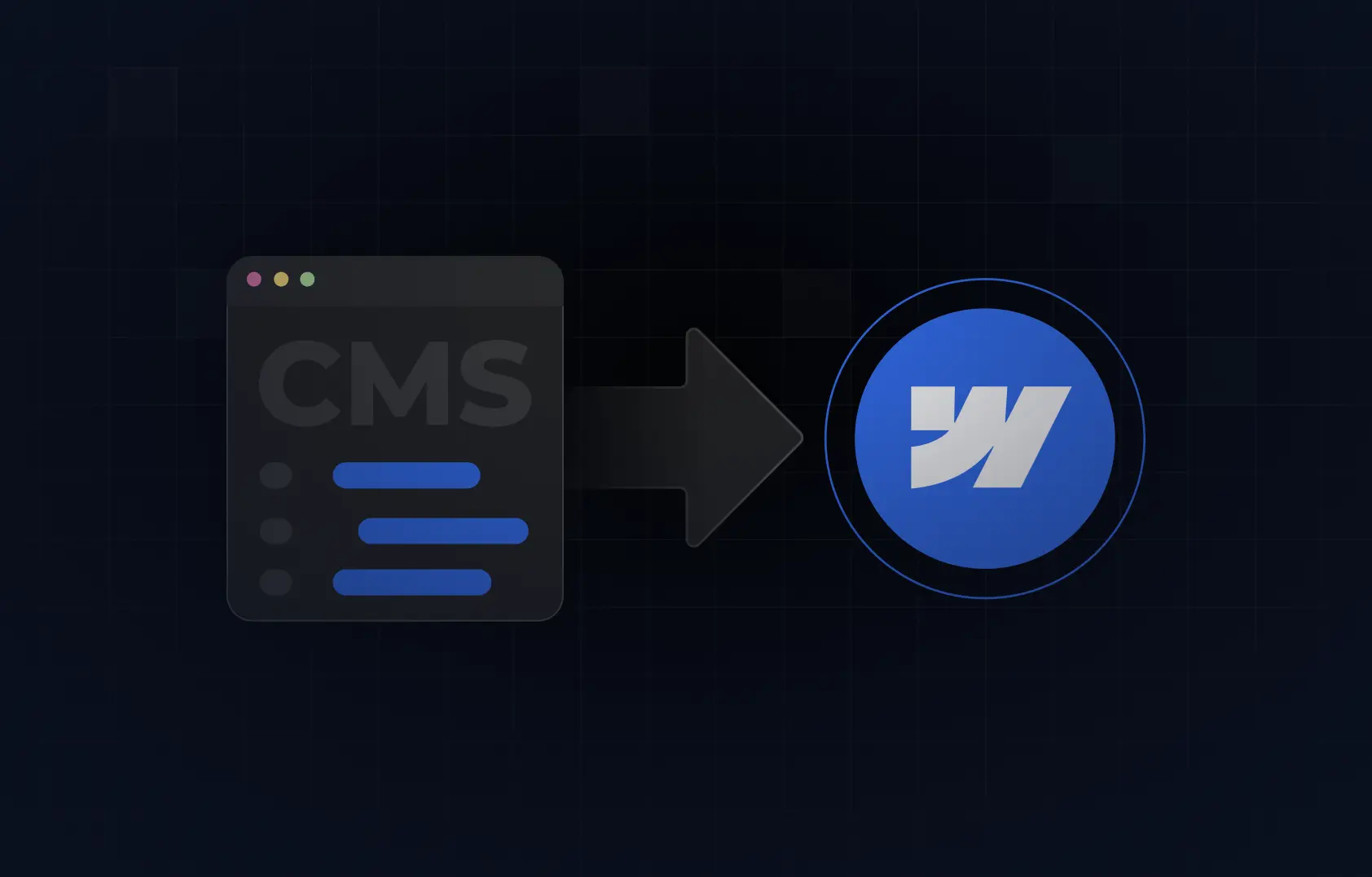Table of content
Summary:
Web design in 2026 is all about smarter, more inclusive, and adaptive experiences that put users first. Here are the trends that we see emerging:
- AI-first design - AI is here to stay and become a true design partner.
- Accessibility by default - inclusive design shifts from compliance to standard practice.
- Ambient interfaces - voice, gestures, and sensors take center stage beyond the screen.
- Performance as design - speed and usability drive engagement, especially on mobile.
- Immersive but purposeful visuals - 3D, neo-brutalism, and mixed reality enhance, not distract.
- Content-first architecture - storytelling leads, visuals follow.
- Progressive enhancement - building strong foundations, then layering.
- Adaptive experiences - layouts and interactions flex across devices and users.
We didn’t want to make another article that’s a superficial “design trend” roundup (you’ve probably seen enough of those “gradients are back” or “neumorphism is hot again”). Instead, we’ve rolled up our sleeves to cover some more meaningful shifts in the design world. Web design trends we’ll talk about affect how products are actually built and experienced, and show where the industry is headed. If you’re curious about what’s next (and what it means for you), you’re at the right place.
Looking back at 2025 - the experiments defining the future
Let’s begin with the year that’s coming to an end, and start with web design trends in 2025. From where we stand, 2025 was a year of experimentation. Designers leaned into bold moves and playful risks, often testing the limits of what tools and users could handle. A few big themes defined the year:
- AI experimentation - designers dabbled with AI not just for task automation, but for idea generation or inspiration.
- Typography got louder - bold type and even brutalist approaches popped up everywhere, often prioritizing visual shock.
- Minimalism held its ground - after years of excess, the industry swung back toward stripped-down, functional layouts.
- 3D visuals exploded - designers pushed 3D for attention
- Accessibility awareness grew - more teams started talking about it (but still, implementation was inconsistent).
From 2025 to 2026 - how web design priorities are evolving
When the new year is fast approaching, we can see that 2026 isn’t about throwing those ideas away, but making what once were experiments the foundation of custom web solutions. What does it mean?
For example, we can already see the shift with AI, from novelty to necessity. Maybe you’ve already noticed how it becomes more of a true design partner. On the other hand, bold typography and brutalist touches move past shock value and are being applied strategically - to support website usability and clarity.
In the same way, accessibility is clearly growing from box-checking compliance into the core of design thinking. 3D visuals are getting lighter and truly starting to enhance user-centered design experiences.
It’s obvious that the shift that has already happened in 2025 is now evolving, with a clear thought of strategy and long-term impact.
AI-first design - your visual assistant doesn’t sleep
Once the whole AI hype had started, it felt more like a toy than a tool. People used it to spit out a quick moodboard or some funny placeholder text. What a long way it has come! Now, AI can actually put together a rough layout of a website, suggest the first lines of copy, or even build design components that adjust to different screens. For designers, it has become an assistant who can do the first draft in seconds.
The role of the designer is shifting, too. Instead of starting from a blank page, they are starting by giving AI the right instructions. The better their prompt, the better the output. In other words, being a good designer today also means knowing how to “talk” to AI so it gives you something useful.
What design with AI will look like in 2026
Instead of wasting time on blank slides or endless edits, the designers more and more lean on AI to handle the busywork while they focus on the creative choices. That’s why we’re witnessing more and more AI integrations with Webflow and other similar tools.
So, here’s what we’ve seen a glimpse of, and we expect it to become even more present. AI-wise:
- AI will help craft wireframes and mockups - no more blank Figma boards, you can start with a rough draft layout in minutes.
- UI copy will come half-written - button labels, headlines, and microcopy show up pre-drafted, ready for a quick polish.
- Prompts will turn into a core design skill - describing what you want from AI will matter as much as moving pixels on screen.
- Layouts will auto-adapt - one design can instantly resize and reflow for desktop, tablet, and mobile without manual tweaking.
- Images will be generated instead of searched - need a hero image or background? Just describe it, and AI creates it instantly.
- Brainstorming will get faster - AI delivers multiple style directions (“clean minimal,” “bold colorful,” “retro tech”) in seconds.
- Repetitive edits will shrink - changing fonts, colors, or logos across dozens of pages will happen in one step.
- Collaboration will shift - teams spend less time pushing boxes around and more time aligning on strategy and ideas.
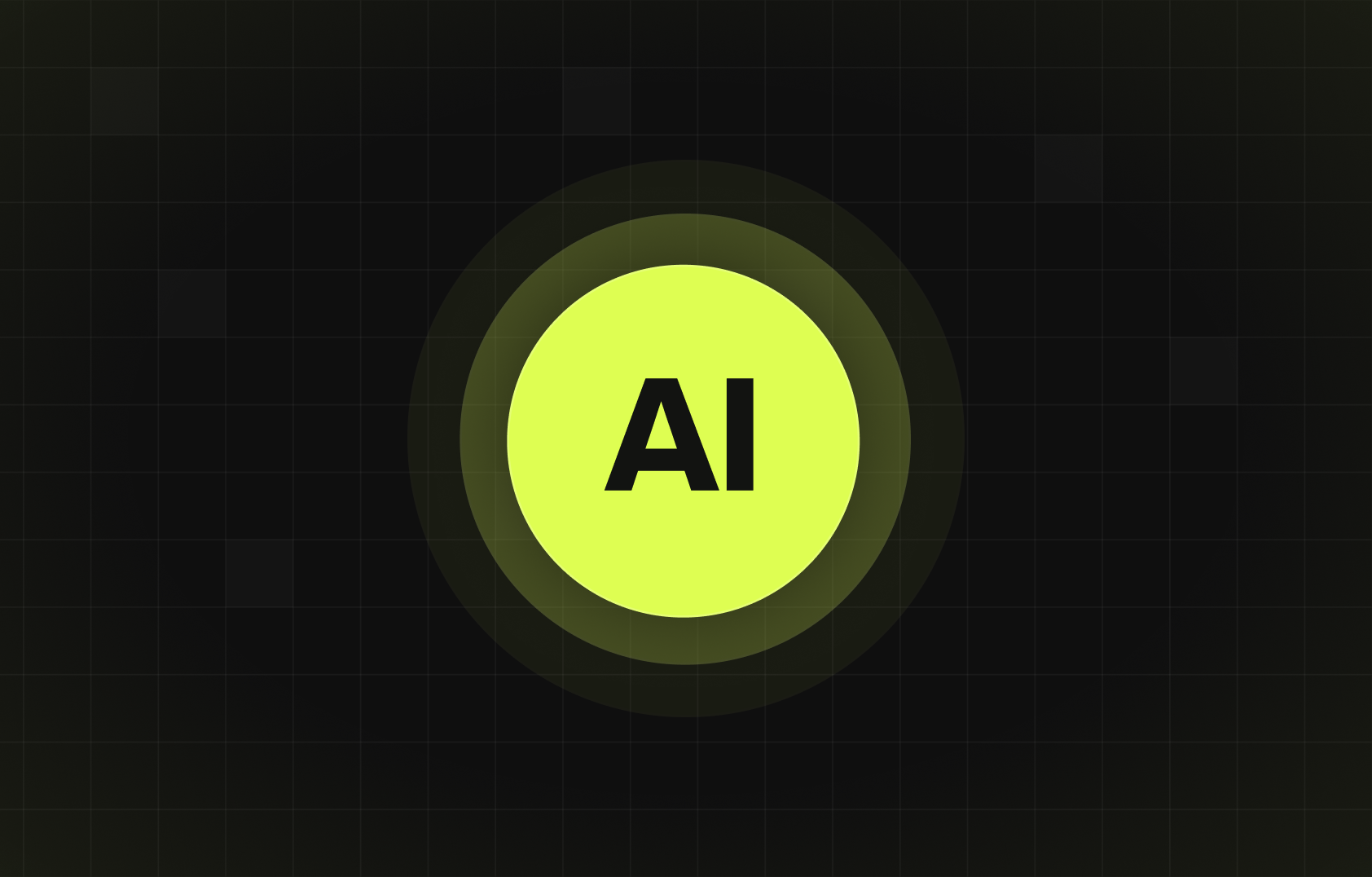
Accessibility by design - not as an afterthought
We’re not certain if we should place accessibility as another trend, since it has already become a must-have in web design. While it was once regarded as ticking the compliance box, today it’s a core part of good design. At the end of the day, making a site everyone can use isn’t only the right thing to do, it also improves the user experience, helps with SEO, and opens the door to a wider audience.
That’s why we can now see more of these inclusive design patterns becoming the default:
- WCAG baked-in structure - clean headings, semantic layouts, and proper labels
- Adjustable “comfort modes” - users can toggle things like text size, contrast, or reduced motion to match their preferences
- Keyboard-first navigation - sites are being built so you can move around without ever touching a mouse (crucial for many users, but also just faster for power users).
Ambient UI - embracing voice, motion, and invisible interfaces
We’ve come a long way from when the first interfaces were made. But the thing is, we’ve already done all there is with the graphical user interface, so we’re up for another shift - and it’s Zero UI. Instead of relying on visible buttons, menus, or screens, Zero UI uses invisible layers of interaction. With technologies like sensors, voice recognition, facial scans, and biometrics, people can interact with devices through natural actions (such as talking, moving, or gesturing) rather than tapping on a screen.
Zero UI and web design trends 2026
Chances are, you’re already using Zero UI without even noticing. It’s your doorbell camera that starts recording when someone walks up, or your smart speaker that turns on the lights when you say the word. It’s also the Face ID that unlocks your phone with a glance. These devices work without asking you to open an app or press a button. The interface fades away, but the experience stays.
When we think of user interfaces, our minds still jump to screens. But the best UI might not be a screen at all. Increasingly, interactions are happening through voice, gestures, or sensors. That’s why it’s worth exploring non-screen interfaces early in the design process.
Prototyping for voice commands, gesture-based navigation, or context-aware interactions can uncover opportunities you might miss if you only think in pixels. As design evolves, the “invisible” interfaces - those you don’t even perceive as UI - could end up being the ones that shape the most seamless user experiences.
Performance as design - speed you can feel, not just see
If 2025 was about adding flair, 2026 is about stripping away everything that slows users down - especially on mobile. Mobile-first today doesn’t just mean make your product responsive. It means focusing on building sites that load instantly and run lean, with all the respect for the short attention spans of modern users.
Therefore, here are the trends we expect to evolve further:
- Burst-mode scroll experiences - think of TikTok’s feed or Instagram Reels. Content is delivered in rapid-fire snippets, designed for users who scroll in seconds.
- Functional motion - animations have become more than decoration. They show you where to look, confirm that something worked, or guide you through a flow. Think about a button pulse that signals it’s clickable. Or a swipe transition, which tells you you’re moving forward.
- Scroll as a story - long-form pages use scrolling as a narrative tool. Apple product pages are a classic example: with each flick of the thumb, the story unfolds in visuals, text, and motion, without asking the user to stop or click.
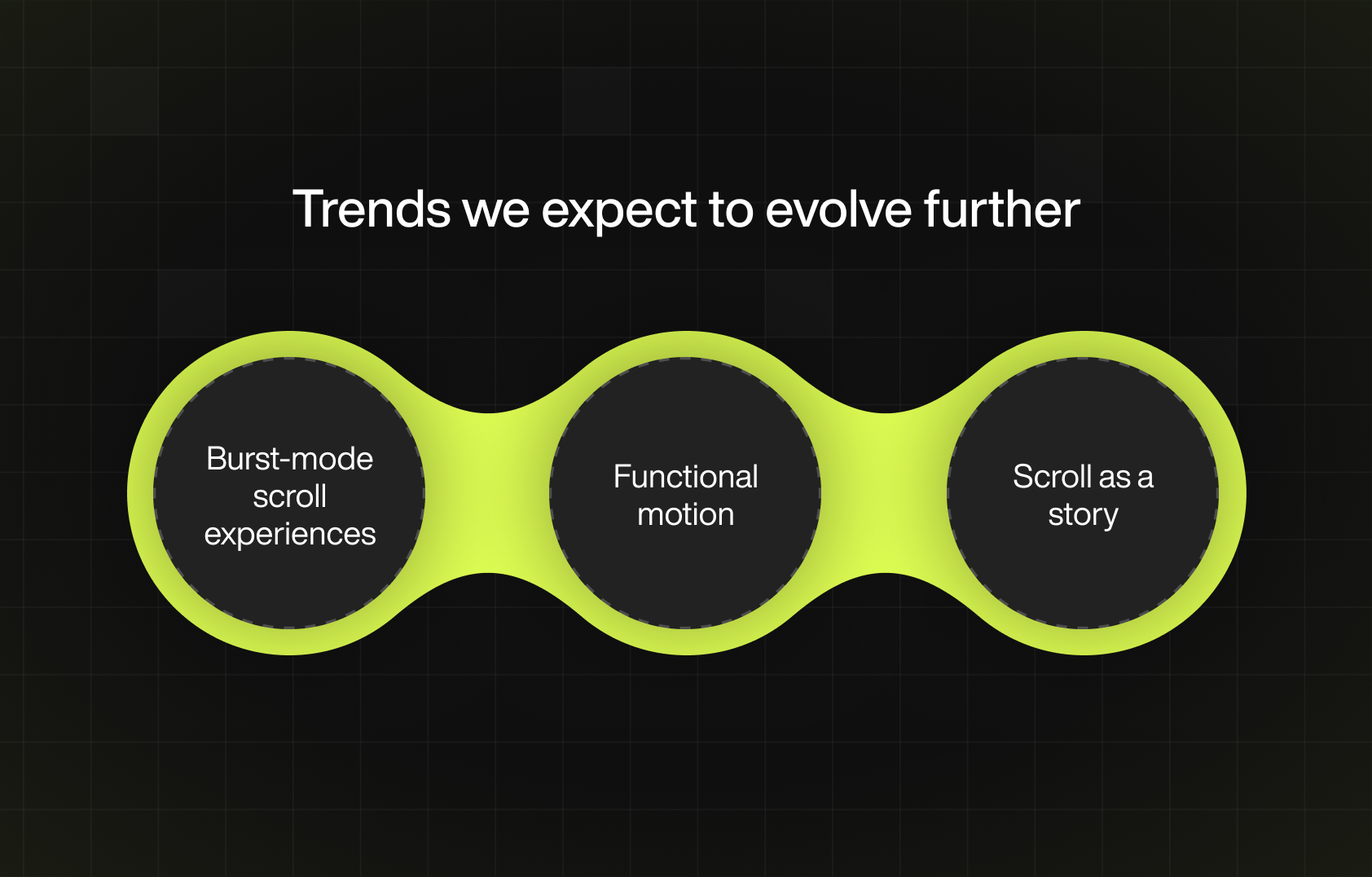
Immersive visuals with purpose - 3D elements, mixed media, neo-brutalism
Remember when bold visuals were mostly there to grab attention? Big 3D graphics, giant typefaces, flashy animations - they looked cool, but often didn’t do much beyond the “wow” moment. That’s starting to change.
Now, designers are using these same tools (3D, bold typography, even mixed reality), but with a new goal - to guide, explain, and build trust. Visuals have come a long way to become more than just eye candy. They are now a part of the experience itself.
3D integrated with 2D
Instead of heavy, slow-loading renders, designers are mixing subtle 3D elements with flat layouts. What do they get with it? A depth that feels natural and helps guide the eye through the page. They don’t want to simply show off, but to make the journey smoother and more engaging without overwhelming the experience.
Neo-brutalism for portfolios and tech brands
Polished, template-driven designs are long forgotten. In their place, we can see simple layouts, bold typography, and unpolished elements that are honest and raw. Designers are leaning into simple color schemes, tidy grids, and fewer images, not because they’re boring, but because it makes the whole design hit harder.
Mixed reality for product storytelling
Instead of static images or videos, designers are letting users explore products in their own space. You know how IKEA lets you see a piece of furniture in your living room? Or how some sneaker brands let you try on shoes virtually through your phone camera? Mixed reality adds context and confidence. Sure, it’s an awesome way to attract customers, but it has become so because it helps people understand and connect with the product before they buy.
Content-first architecture, progressive enhancement & adaptive experiences
As many new innovations we introduced are immersing themselves strongly in the web design world, the fundamentals of web design don’t disappear - they remain just as important.
For example, content-first design ensures the story comes before the visuals. Meaningful responsiveness, on the other hand, makes the experience feel natural no matter how someone accesses it. It’s also important to mention progressive enhancement, which is all about building a solid, reliable foundation first, and only then layering in extra polish (for those who can enjoy it).
Web design trend cheat sheet
Need a quick snapshot of the biggest web design trends for 2026? Take a look to see at a glance which trends to focus on and how they can impact your work:
FAQs: Designers ask, we answer
Is AI replacing designers?
We know why it may look that way, but the answer is no. Think of AI as a helpful assistant, not the boss. It can generate layouts, suggest copy, or speed up repetitive tasks, but the creative decisions and the strategy will always come from you.
What’s Zero UI good for?
Zero UI shines in situations where screens get in the way. Car dashboards, voice-first devices, and accessibility-focused products all benefit from it.
How do you balance 3D with performance?
Use it thoughtfully. Keep 3D elements subtle and optimize everything for speed. Webflow web solutions, for example, make it easy to strike that balance. The right tool (and the right agency) can help you achieve depth and engagement without sacrificing performance.
Why does progressive enhancement still matter?
Because it means starting with a strong, reliable experience that works for everyone. Once that’s in place, you can add extra features. Beyond improving UX, this approach also boosts SEO and makes your site more resilient over time.
Final thoughts - design that moves us forward
As we move into 2026, the focus isn’t on flashy trends, but on smart and inclusive design. Therefore, it can be worth your while to take these shifts for a test drive, experiment intentionally, and see how they can improve your user experience. And if you want a hand staying ahead of the curve and turning these ideas into real projects, make sure to contact us. Devolfs can help you experiment and future-proof your website - the right way.


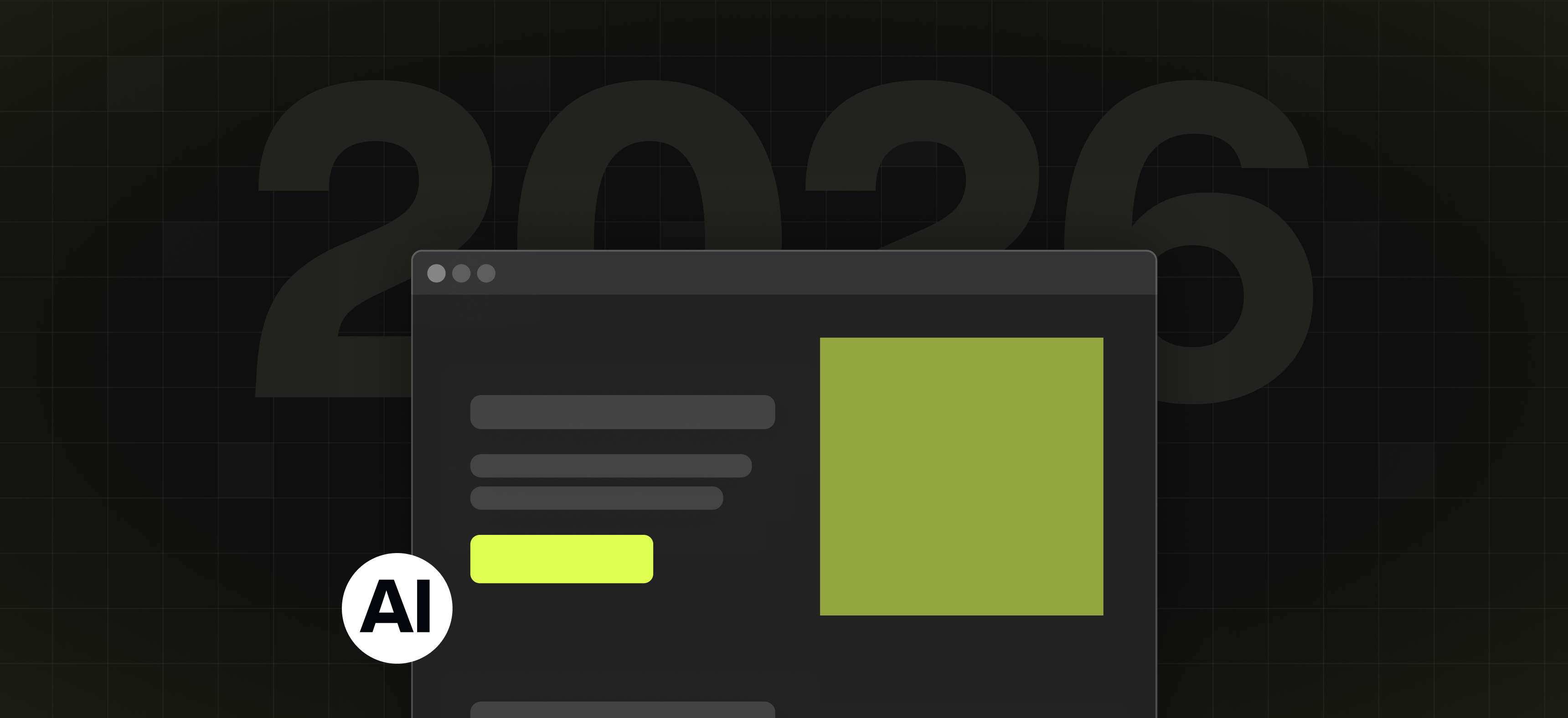


%201.svg)



